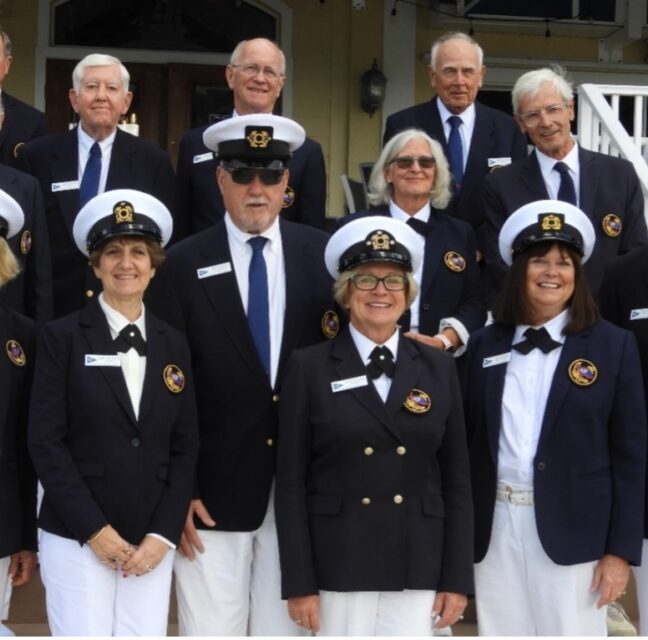Growing zones are U.S. Department of Agriculture designations to indicate average minimum temperatures. BSM is located in subtropical zone 9b/10a, which is a transition area. Because we are in a transition area, we can experience extreme swings in temperatures, sometimes as much as 60 degrees within a month’s time. The most cold sensitive areas of BSM are the far eastern (along Burnt Store Rd.) and northern (Vincent Ave.) sections. Areas closer to the harbor experience the modifying effects of Charlotte Harbor. A true tropical plant shows distress when temperatures fall below 50 degrees. We can experience lows that will kill a tropical plant to the ground, but if the roots survive, the plant will rejuvenate. But all it takes is two consecutive mornings of 32 degrees for just 15 minutes each to severely damage tropical foliage. Life expectancy for our local shrubs varies from 3 – 7 years. Surprised? This is what happens:
• Our growing period is almost year-round. A 5-year-old plant here is equal to about a 10 – 15 year old plant grown in zones 4a-5b (Michigan) or 6b-7b (Mid- Atlantic) because their growing period is approximately a third or half the length of ours.
• Weather forecasters have said this could be a wet winter. I’ve no idea what to tell you. Historically, we should be well into the dry season and reliant on irrigation water.
• Pruning also takes its toll on our plants. Because of our long growing season, pruning occurs several times a year. It may temporarily reduce the size of the plant, but it also sends a message to grow! Producing leaves, flowers and seeds requires large amounts of energy. Our plants are constantly running marathons, month after month.
As plants age-out they become stressed, diseased and die. Replace them with plants that can better handle the salt, and are better suited site-wise for the location, thereby requiring less pruning.
DID YOU KNOW? A true tropical plant shows distress when the temperatures fall below 50 degrees.
January’s “to do” list:
• Ornamentals – If you’re going to plant, you must also commit to watering with your hose every other day for a couple weeks (then slackening off to a couple times a week, then once a week, etc.) Tropical palms will do better when planted during the summer months.
• Annuals – Plant, but take the time to prep the soil well. Mound the soil with a substantial amount of annual mix (contains vermiculite, sand and ground mulch), sprinkle with Osmocote (fertilizer) and a fungicide. Then plant your annuals. Mounding the soil will elevate the plants so they are more easily seen, keep them from getting wet “feet” and provide adequate good soil to settle their roots into.
• Pruning – If you have a deciduous tree (e.g. frangipani/plumeria) now is the time to do any required reshaping. Fertilizing – Hold off fertilizing turf and other cold sensitive plants.





